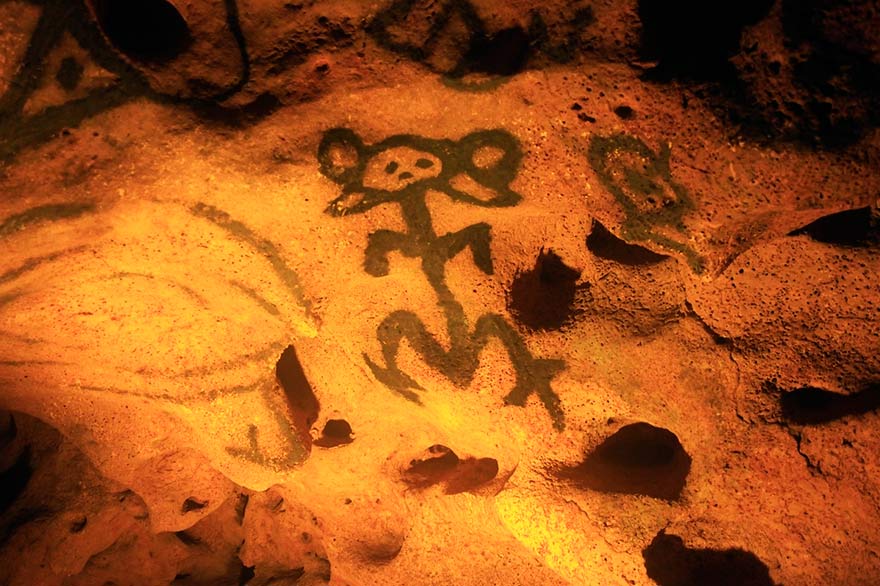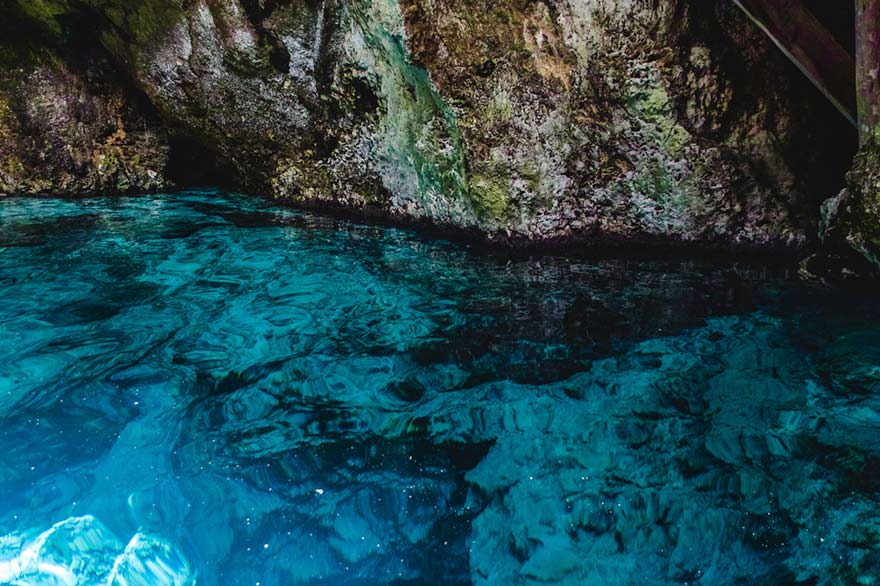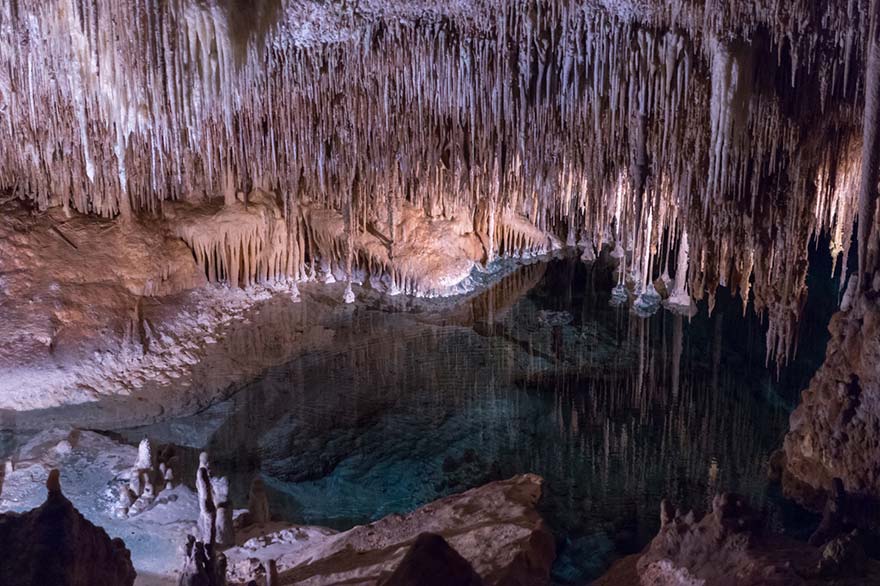
25 Nov Learn All About the Caves in Punta Cana
Learn All About the Caves in Punta Cana

Have you thought about the possibility that Punta Cana might have several caves with impressive geological formations, with mysterious Taino paintings and a surprising history? On your next holidays, you can explore the inland part of Punta Cana through its caves.
Next, we are going to take a tour of the most beautiful caves in Punta Cana and that, without a doubt, will be an unbeatable adventure:
Hoyo Azul, an impressive cenote in Punta Cana

Hoyo Azul (“blue hole”) is a spectacular freshwater lagoon, also known as a cenote, that is formed at the base of a cliff. It is part of one of the island’s recreational and adventure parks, Scape Park, located in the Cap Cana area.
It’s the perfect plan to enjoy with family or friends, since you can also visit the rest of the attractions that are located within the same park, or go on a walk through the jungle and surrounding gardens, go for a swim and spend a great day full of new emotions and sensations.
The Hoyo Azul cenote in Punta Cana is a natural treasure. As a geological formation, it is characteristic of the karst soils of some areas in the Caribbean, ranging all the way from the Yucatan Peninsula to the Antilles.
This beautiful natural pool forms when the roof of an underground river or flooded cave collapses, leaving its waters exposed. Depending on their age, there are several types: the oldest are almost completely open to the sky and the youngest usually retain a good part of their dome or “roof”.
Surrounded by lush vegetation, these cenotes are considered true gems by nature lovers. In fact, pre-Hispanic civilisations, especially the ancient Mayans but also the Dominican Taínos, considered them magical and sacred sites.
Hoyo Azul is between 12 and 14 metres deep. However, the rocky bottom of the cenote is fully visible thanks to its crystal clear waters and the intense blue hue that gives the place its name is due to a halocline phenomenon formed by different layers of water with varying levels of salinity.
In the area around Hoyo Azul, you also have the opportunity to learn and discover many things about this part of Punta Cana. One example is the Cultural Route, a set of trails that offer an interesting combination of history and nature, with replicas of a “bohío” or hut, the typical home of the Taíno Indians, as well as a Spanish colonial house, a “palenque” like those built by African slaves, and a picturesque Dominican country home.
Getting to Hoyo Azul is very easy, since it is only 40 minutes from Playa Bávaro. Normally the journey is done by car or taxi, although the most common way of getting here is to book a tour that includes transportation that will pick you up at the hotel and take you there comfortably.
If you travel by car, you will be able to reach the trailhead at Scape Park. The rest of the way to Hoyo Azul must be done on foot. We recommend that you bring water and a hat or cap to protect yourself from the sun.
You’ll see that the walk is full of excitement, since you will have to cross a suspension bridge, walk through a tropical forest and climb stairs to reach your destination. A real treat!
This experience is not suitable for someone who has vertigo because the route includes a 1,500-metre stretch flying over the treetops; but if you’re after an adrenaline rush, this will be your best option. When you get a glimpse of the cenote, the 20 minutes of hard work will have been totally worth the effort.
The Cave of Wonders

Its impressive samples of rock art, stalagmites and stalactites have given it the name of the “Cave of Wonders”.
This huge cave system is a true historical and cultural treasure as it houses close to 500 pictographs and petroglyphs (rock paintings and engravings) that can be found inside and that are the inheritance of the pre-Columbian inhabitants of the island, the indigenous Tainos. These ancient artistic manifestations include different abstract and geometric motifs, as well as different human and animal figures.
The Cave of Wonders is located between San Pedro de Macorís and La Romana, and less than 100 km from Punta Cana, making it an ideal outing for those interested in learning more about the Dominican Republic.
One of the most interesting spaces inside the cave is the Espejo de Agua (“water mirror”), an artificial lake that reflects the illuminated ceiling of the underground gallery with all its geographical formations.
Another key point is the Great Panel, where you can see cave paintings that represent a Taino funeral ritual that holds many mysteries.
Iguabonita Cave
Also in Scape Park and very close to the Hoyo Azul cenote, you can find another impressive cave; Iguabonita, a natural spot in Punta Cana where you can learn about the history of this geological wonder.
Iguabonita Cave begins with a walk along the slopes of the El Farallón cliff. Upon reaching the top, you can take a walk through the spectacular jungle and, after a 25-minute stroll, you will reach the mouth of the cave, where the underground adventure begins.
Normally, the Iguabonita Cave should be visited with a guide to make the walk much more interesting and safe. These guides will allow you to discover the extensive network of underground chambers and tunnels so that you can learn all about how these impressive rock formations have come to be.
To get out of the cave, all you have to do is climb a ladder and then begin heading back. You will arrive at the starting point, where you can rest, relax and share all the details of this unforgettable experience in the heart of Cap Cana.
Had you ever imagined that all these caves in Punta Cana existed? Now you can organise your next holidays taking these incredible places into account.




No Comments